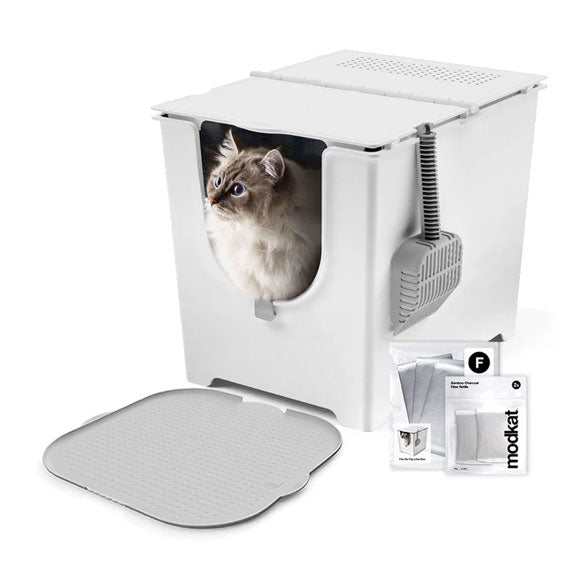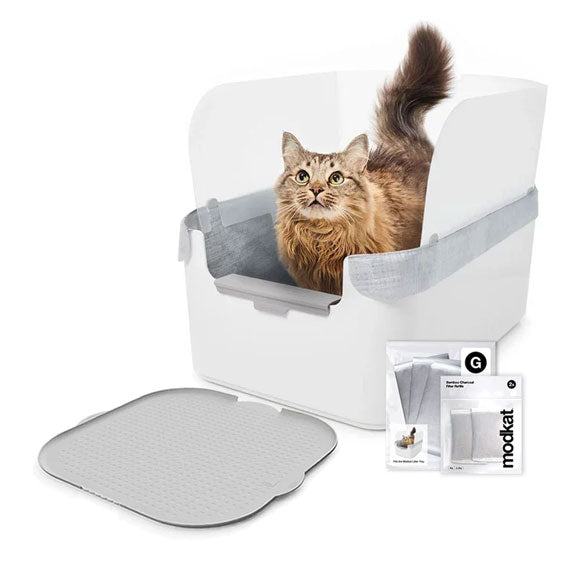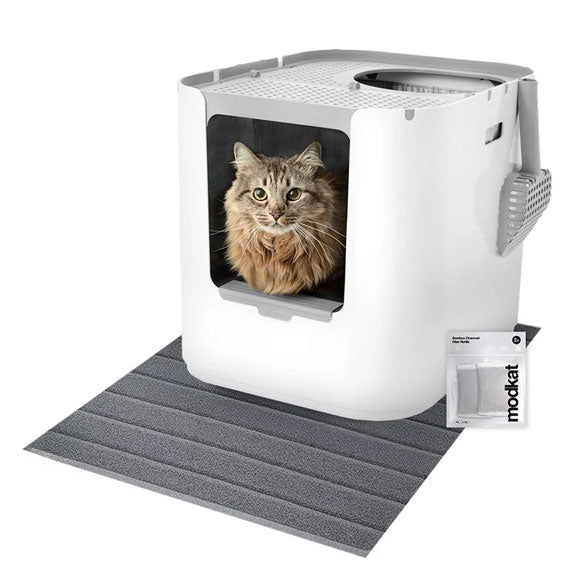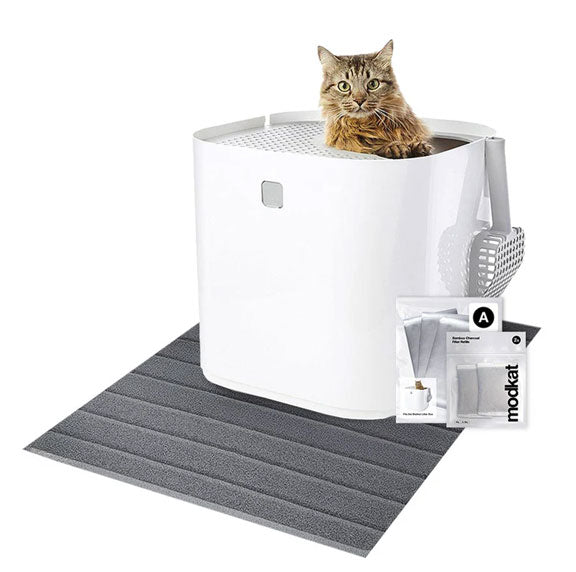20% off sitewide. Discount automatically applied.
20% off sitewide. Discount automatically applied.
Litter Boxes
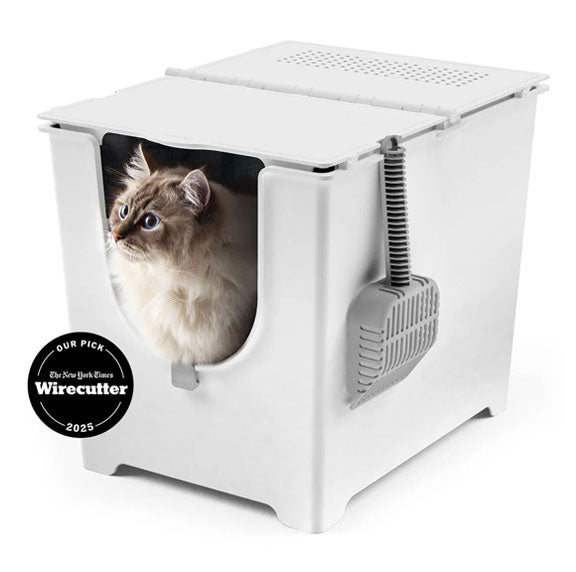
Modkat Flip
Front-Entry Litter Box
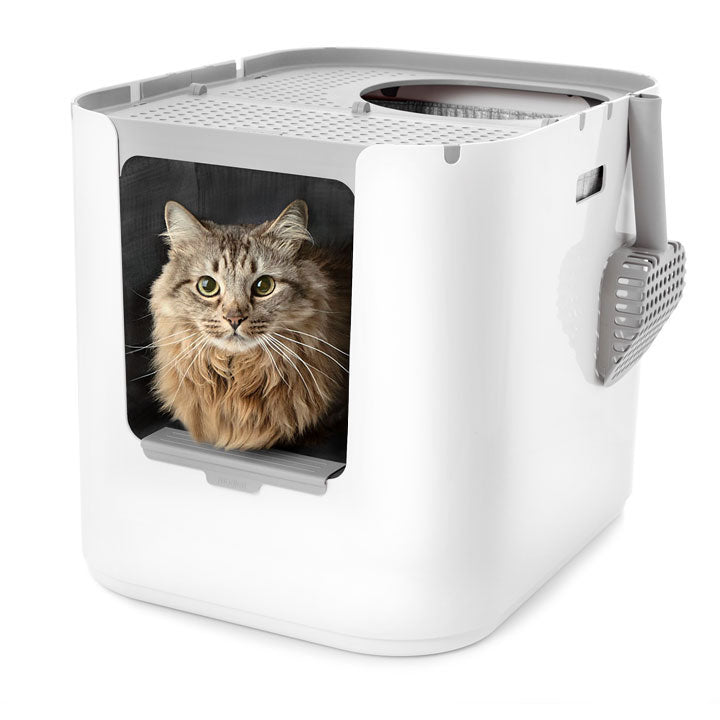
Modkat XL
Front/Top-Entry Litter Box
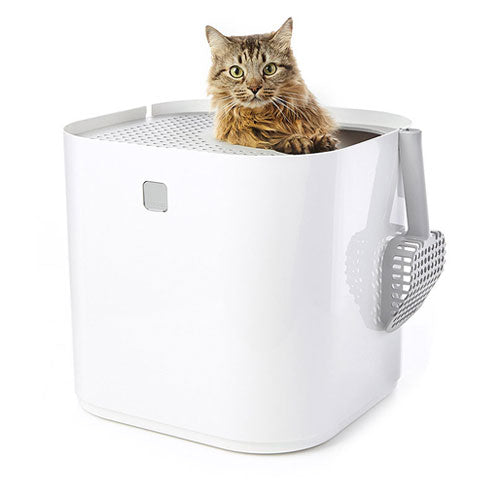
Modkat
Top-Entry Litter Box
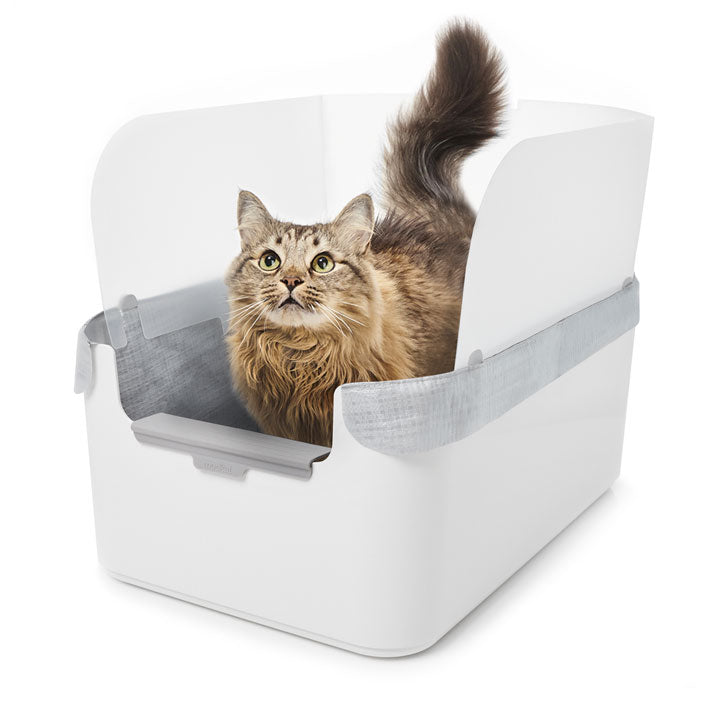
Modkat Tray
Open Litter Box
Bundles
Essentials
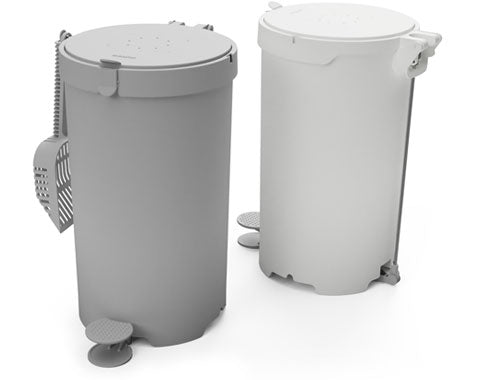
Litter Keeper
Two colors
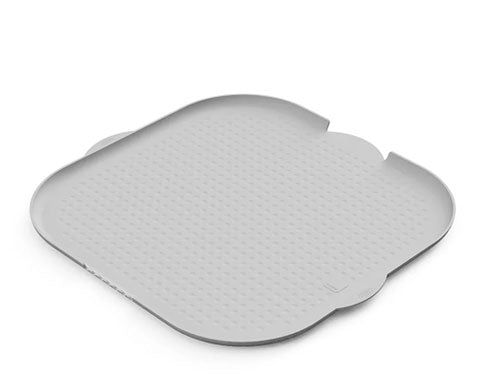
Litter Mats
Multiple styles, colors & sizes
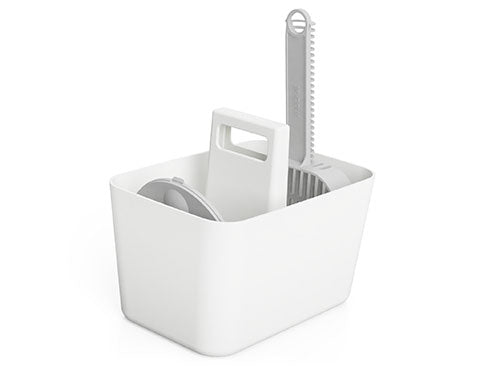
Tidy-Up Kit
Scoop holder & dustpan
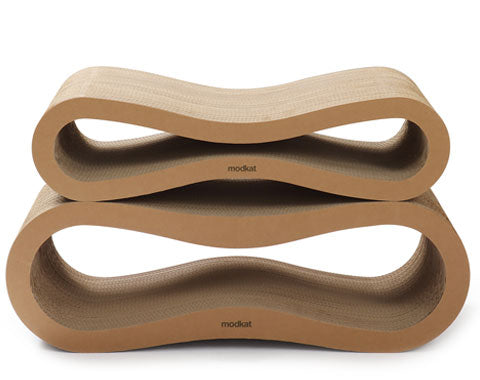
Lounge + Play
Scratchers & toys
Refills
Add description, images, menus and links to your mega menu
A column with no settings can be used as a spacer
Link to your collections, sales and even external links
Add up to five columns
Add description, images, menus and links to your mega menu
A column with no settings can be used as a spacer
Link to your collections, sales and even external links
Add up to five columns
Why Do Cats Have Whiskers?
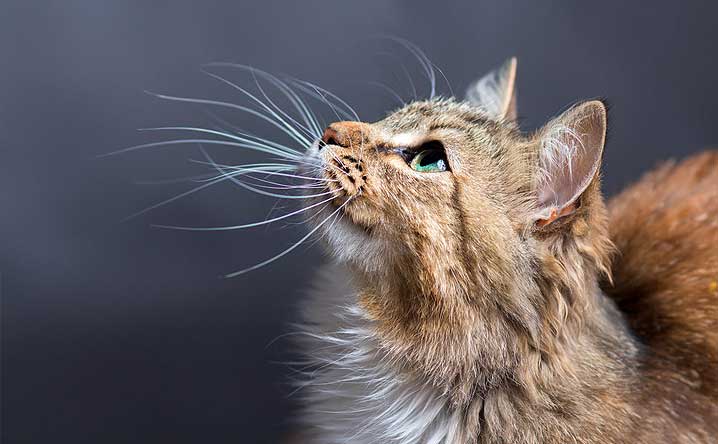
A man's meticulously manicured mustache and beard may serve no purpose other than to help him look fashionable, or possibly, to keep his face warm. A cat’s facial hair, on the other hand, serves a number of functions, none of which have anything to do with how hip he looks.
A cat’s whiskers are pretty amazing, multi-purpose tools that keep him safe, help him navigate his world, and enable him to perform gravity-defying acrobatics.
Just what are whiskers and exactly where are they located?
Whiskers are those firmer hairs you see on either side of your cat’s nose and above his top lip. They’re also located above a cat’s eyes, sort of like eyebrows, on the sides of his face along the jawline, and on the backs of his front legs. Whiskers are embedded much deeper than the rest of a cat’s fur and are connected to a cat’s muscular and nervous systems, which enables him to better sense his surroundings and detect possible threats.
Whiskers are a cat’s radar detector.
Whiskers have sensory organs on the tips of each tactile hair that transmit signals to the brain and nervous system, alerting the cat to changes in the environment and the potential threat of a predator. This radar-like ability also helps a cat figure out spatial awareness. He uses his whiskers to determine whether he can pass through a tight space or navigate around an obstacle, even in the dark. The whiskers are highly sensitive to touch and are able to quickly transmit signals to the brain about size, shape, distance, and movement of objects.
Whiskers are mood barometers.
You can measure a cat’s mood by the position and movements of his whiskers. A happy cat’s whiskers lie idle and relaxed. Whiskers that are taut and flattened signal fear or aggression. If the hairs point forward or stand on end, your cat is excited and assessing the situation in his environment. He’s either about to pounce on one of his toys or dart across the room in pursuit of a bug.
Whiskers are crucial to a cat’s well-being.
Whiskers are essential in helping a cat gauge and monitor his environment. Take away his ability to navigate, interpret, process, and assess, and you’ve got a cat that’s frightened, disoriented, and disadvantaged. Never shave or trim a cat’s whiskers. Cats need every bit of length to master their surroundings. They might occasionally lose a whisker, but it will grow back.
Whiskers are unique to each cat.
Some cats have short and sparse whiskers. Others have impressive-looking whiskers. Trimming them will not help them grow in any thicker. It makes no difference whether one cat has scant whiskers and the other has a lush set. Each set is essential and is designed to do the same thing: process information about the animal's surroundings.
Next time you see your cat squeeze through a small space, leap gracefully through the air to reach his tower or scamper through a dark room without bumping into anything, you can thank his highly functional whiskers for getting him to his destination safely! As for your or your man's whiskers, you’d be wise to keep them nicely trimmed. 🐈
“It looks nicer than any other hooded or open option we considered.”

Categories
Meow from Brooklyn.
Sign up and get early access to product drops, exclusive offers, and the occasional cat meme.
Similar products related to this blog:
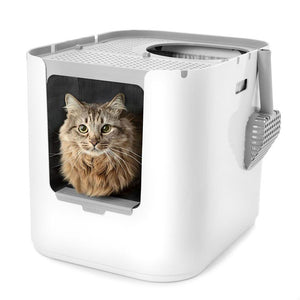
"It looks nicer than any other hooded or open option we considered."

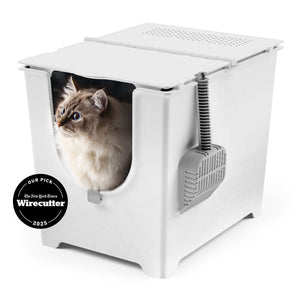
"This litter box keeps everything in, nothing gets out the sides."
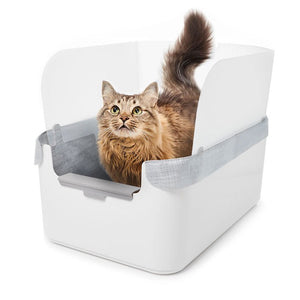
"My beautiful ragdoll cat and I both love the new Modkat Litter tray!"

